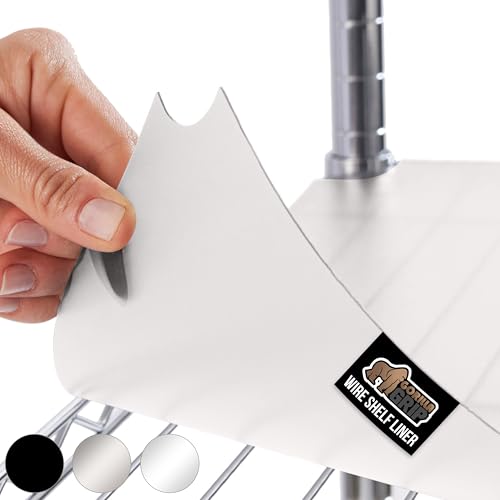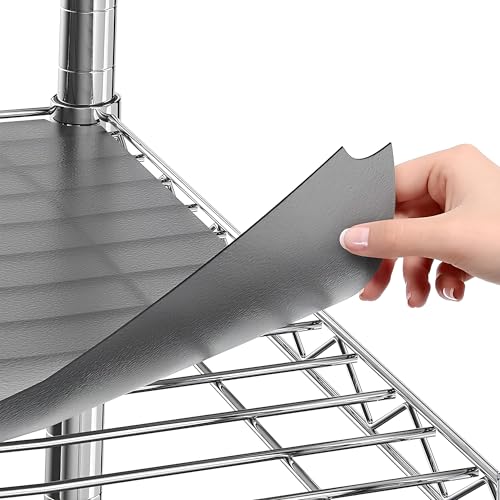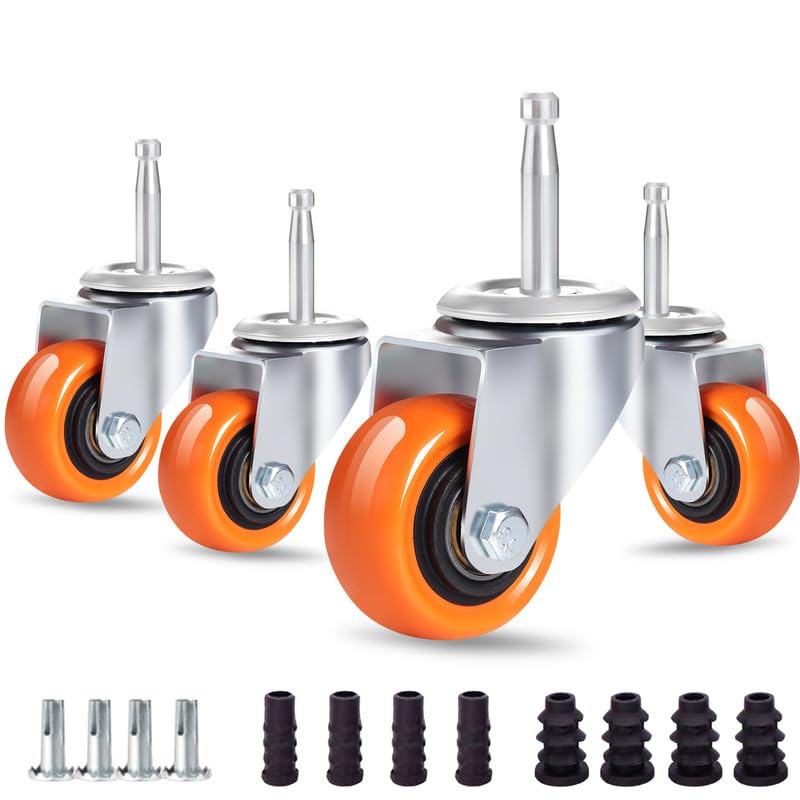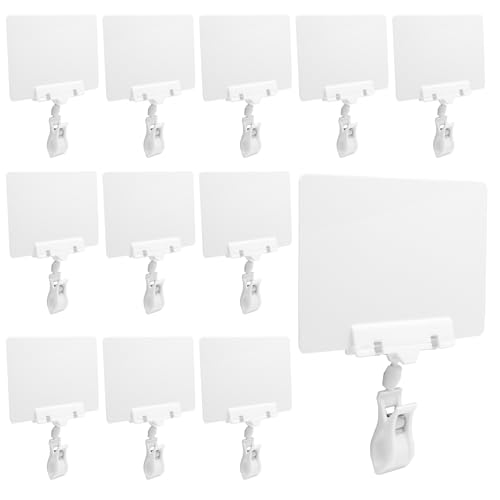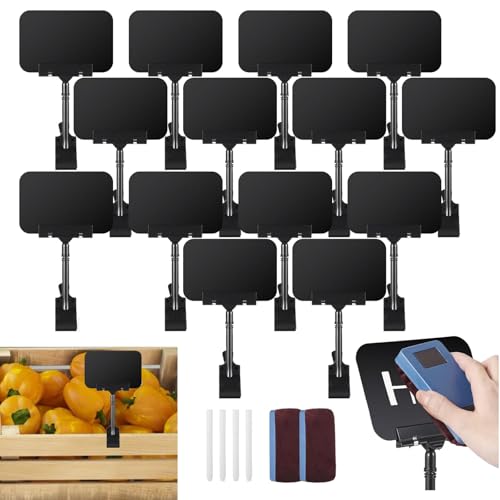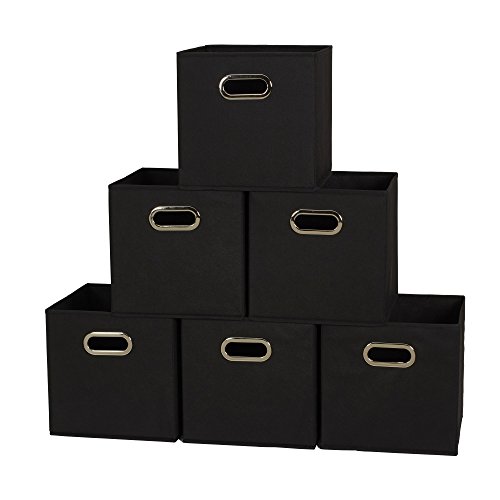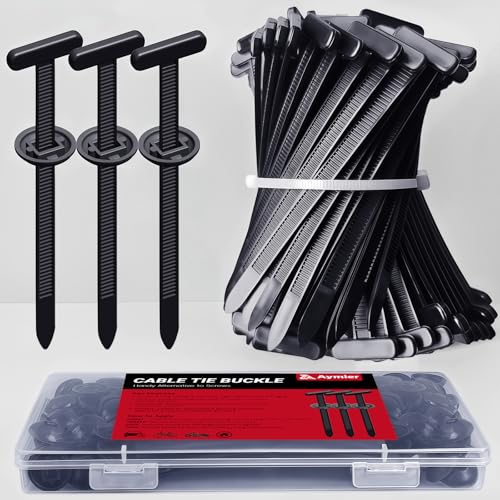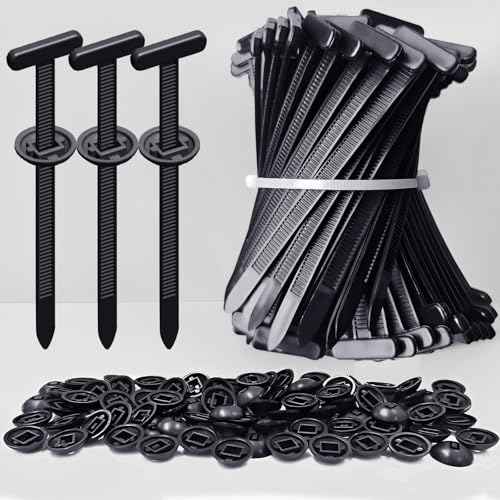Wire shelving is one of the most versatile storage solutions available today. But without the right accessories, even the sturdiest wire shelves can fall short of their full potential. Whether you’re organizing your pantry, garage, closet, or office, wire shelving accessories can transform your space from chaotic to clean, from cluttered to curated.
🧩 How to Choose the Best Wire Shelving Accessories for Organized Living🧺
In this guide, we’ll walk you through everything you need to know to choose the best wire shelving accessories for your needs. From shelf liners and dividers to hooks, baskets, and mobile upgrades, we’ll cover the top options, how to use them, and how to avoid common mistakes. Let’s get organized! ✨
🔍 Why Wire Shelving Accessories Matter
Wire shelving is strong, affordable, and easy to install—but it’s the accessories that make it truly functional. Here’s why they’re essential:
- ✅ Prevent items from slipping through gaps
- ✅ Maximize vertical and horizontal space
- ✅ Customize shelves for different rooms and uses
- ✅ Improve visibility and access
- ✅ Add style and polish to open storage
Whether you’re storing spices, tools, linens, or electronics, the right wire shelving accessories make all the difference.
🛠️ 1. Shelf Liners: A Solid Foundation
Shelf liners are a must-have for any wire shelf. They create a flat, stable surface so small items don’t tip or fall through the gaps.
Benefits:
- Keeps items upright and stable
- Protects shelves from spills and scratches
- Easy to clean and replace
Best For:
- Pantry jars and cans
- Bathroom toiletries
- Office supplies
📝 Tip: Choose textured liners for extra grip, and cut them to size for a perfect fit.
FAQ Section:
What are shelf liners?
Shelf liners are thin sheets—made of plastic, rubber, vinyl, or fabric—cut to fit over wire or solid shelves. They create a smooth, non-slip surface to protect items and catch spills.
Why use shelf liners on wire shelving?
1. Prevents small items from falling through gaps
2. Protects shelves from spills, stains, and scratches
3. Creates an even surface for jars, cans, and decor
Should I pick adhesive or non-adhesive liners?
1. Adhesive liners stick firmly but can damage certain finishes when removed
2. Non-adhesive liners rely on textured surfaces or tabs and are easier to reposition
Are shelf liners waterproof?
Many plastic and vinyl liners are fully waterproof. Fabric-backed options often include a waterproof underside to protect shelves from moisture and spills.
How durable are plastic shelf liners?
High-quality plastic liners resist tearing, staining, and fading. Look for liners labeled “heavy-duty” or “cabinet grade” to ensure they last through frequent use.
📏 2. Wire Shelf Dividers: Keep It Separated
Dividers clip onto your shelves to create sections. They’re perfect for keeping stacks of clothes, towels, or files from toppling over.
Benefits:
- Creates neat, defined zones
- Prevents items from sliding
- Easy to install and reposition
Best For:
- Closets (sweaters, jeans)
- Office shelves (binders, folders)
- Kitchen (cutting boards, trays)
📝 Tip: Use multiple dividers to create a grid-like layout for maximum organization.
FAQ Section:
What are wire shelf dividers?
They’re clip-on or slide-in partitions that attach to wire shelving, creating separate compartments to keep items upright and organized.
How do I measure my shelf for dividers?
Measure the shelf depth (front to back) at three points—use the smallest measurement. Check wire spacing (usually ¼″–⅜″) to ensure clips fit snugly.
How do I clean and maintain dividers?
Wipe metal or acrylic surfaces with a damp cloth and mild detergent. Dry completely to prevent rust or water spots before reattaching.
Where do dividers work best?
1. Closet shelves for sweaters, jeans, and purses
2. Pantry racks to separate baking, canned goods, and snacks
3. Garage shelving for tools, spray cans, and hardware
🧺 3. Under-Shelf Baskets: Hidden Bonus Storage
These baskets hang underneath your shelves, giving you extra space without taking up more room.
Benefits:
- Adds a second layer of storage
- Great for lightweight items
- No tools required
Best For:
- Snacks and napkins in the pantry
- Washcloths in the bathroom
- Envelopes and paper in the office
📝 Tip: Make sure there’s enough clearance between shelves before installing.
FAQ Section:
Can I use under-shelf baskets in humid or outdoor areas?
Yes—opt for stainless-steel or powder-coated baskets and UV-resistant finishes. These materials resist corrosion and hold up in bathrooms, garages, and covered patios.
How much clearance do I need to install under-shelf baskets?
Measure the vertical space between shelves in three spots (front, middle, back). You’ll typically need at least 2–3 inches of free height for most under-shelf baskets to hang and slide in smoothly.
What are under-shelf baskets?
Under-shelf baskets are wire or mesh containers that hook beneath your wire shelving, adding an extra layer of storage without taking up additional shelf space.
Why use under-shelf baskets as part of your wire shelving accessories?
1. Doubles your storage capacity in tight spots
2. Hangs lightweight items like napkins or snack packs
3. Keeps frequently used goods within easy reach
🔗 4. Hooks and Clip-On Accessories: Hang It Up
Hooks and clip-ons are perfect for hanging mugs, tools, bags, and more. They’re small but mighty.
Benefits:
- Adds vertical storage
- Easy to move and adjust
- Keeps items within reach
Best For:
- Kitchen utensils
- Garage tools
- Closet accessories
📝 Tip: Use color-coded hooks to organize by category (e.g., red for tools, blue for kitchen).
🛒 5. Caster Wheels: Make It Mobile
Turn your wire shelving into a rolling cart with caster wheels. Great for cleaning, rearranging, or moving supplies.
Benefits:
- Adds mobility
- Locking wheels keep it stable
- Easy to install
Best For:
- Garage workstations
- Office supply carts
- Craft rooms
📝 Tip: Choose heavy-duty casters if you plan to move heavy items.
FAQ Section:
What are caster wheels?
Caster wheels are small wheels attached to the bottom of shelving legs to turn a static shelf into a mobile cart.
Why add caster wheels to wire shelving?
They let you easily move shelves for cleaning, reorganization, or transporting items between rooms.
Do I need locking casters?
Yes, locking casters keep your shelf stationary when you load or unload items. Look for at least two lockable wheels per set.
How much height do caster wheels add?
Generally 2″–3″, so account for extra clearance when placing shelving near countertops or overhead cabinets.
🧱 6. Shelf Risers and Tiered Organizers: Use Every Inch
Risers and tiered racks help you stack items vertically, so nothing gets lost in the back.
Benefits:
- Improves visibility
- Doubles usable space
- Great for small items
Best For:
- Spices and condiments
- Skincare and cosmetics
- Small tools and parts
📝 Tip: Use clear acrylic risers for a clean, modern look.
FAQ Section:
What are shelf risers and tiered organizers?
Shelf risers are small platforms that elevate items above the main shelf level. Tiered organizers provide stepped levels in a single unit, letting you see and reach items at different heights.
Why should I use them on wire shelving?
They maximize vertical space, prevent items from hiding in the back, and create clear sight lines—ideal for spices, skincare bottles, or small tools.
How do I measure for a proper fit?
Measure shelf width and depth in three spots (front, middle, back). Use the smallest dimensions to choose risers or organizers that fit snugly without overhang.
Are they adjustable?
Many tiered organizers feature adjustable tiers or expandable widths. Check product specs—some let you slide shelves up or down to fit taller items.
How do I clean and maintain them?
Wipe metal and acrylic surfaces with a damp cloth and mild soap. Dry thoroughly to prevent rust or water spots. Bamboo risers can be wiped and treated occasionally with food-safe oil.
🏷️ 7. Label Holders and Chalkboard Clips: Stay Sorted
Labels make it easy to find what you need—and put it back in the right place.
Benefits:
- Quick identification
- Easy to update
- Adds a professional touch
Best For:
- Pantry zones
- Garage bins
- Office files
📝 Tip: Use waterproof labels in humid areas like bathrooms or basements.
FAQ Section:
What are label holders and chalkboard clips?
Label holders are plastic or acrylic clips that snap onto wire shelving to display paper or card labels. Chalkboard clips feature a mini slate surface allowing you to write, erase, and rewrite directly on the clip.
How do I ensure labels stay legible?
1. Laminate paper inserts or use waterproof cardstock for printed labels.
2. Choose chalk markers labeled “wipe-clean” to avoid ghosting on chalkboard clips.
What weight can these clips support?
1. Label holders: up to 1–2 lbs (paper inserts only)
2. Chalkboard clips: up to 3–4 lbs if marked with chalk; avoid hanging heavy items on them
How do I write and clean chalkboard clips?
1. Use fine-tipped chalk or liquid chalk markers for legible writing.
2. Wipe clean with a damp cloth or chalkboard eraser—allow to dry before rewriting.
🧺 8. Baskets and Bins: Contain the Chaos
Wire baskets and bins help group similar items together, keeping your shelves neat and tidy.
Benefits:
- Prevents clutter
- Easy to pull out and access
- Comes in many sizes and styles
Best For:
- Cleaning supplies
- Toys and games
- Laundry rooms
📝 Tip: Choose bins with handles for easy grab-and-go access.
FAQ Section:
What are wire shelving baskets and bins?
They’re containers—made of wire mesh or coated metal—that sit on or hook under shelves to group and contain loose items.
Can I use them outdoors or in humid areas?
Choose stainless-steel or fully powder-coated baskets—these resist rust and UV damage better than plain metal in garages, patios, or bathrooms.
How do I clean baskets and bins?
1. Wipe metal baskets with a damp cloth and mild soap
2. Remove fabric or plastic liners and machine-wash if allowed
3. Dry thoroughly to prevent any corrosion
🔧 9. Zip-Ties and Shelf Clips: Secure and Customize
These small tools help you fasten accessories, reinforce shelves, or attach custom add-ons.
Benefits:
- Inexpensive and versatile
- Great for DIY setups
- Adds stability
Best For:
- Securing liners and dividers
- Attaching hooks or bins
- Reinforcing mobile units
📝 Tip: Use UV-resistant zip-ties for outdoor or garage use.
FAQ Section:
What are zip-ties and shelf clips?
Zip-ties are self-locking nylon straps used to fasten items to wire shelves. Shelf clips are plastic or metal fasteners that grip shelf wires to hold liners, hooks, or other accessories.
Why should I use them?
They secure liners, dividers, hooks, and baskets without tools. Zip-ties lock accessories in place, while shelf clips provide a reusable grip point on the wire.
Can I reuse zip-ties?
Standard zip-ties are single-use; they must be cut to remove. Look for releasable zip-ties (with a small tab) if you need to adjust accessories frequently.
Are UV-resistant ties necessary outdoors?
Yes. UV-resistant zip-ties withstand sun exposure without becoming brittle, making them ideal for patios, garages, and greenhouses.
Will zip-ties or clips damage my shelves?
1. Nylon zip-ties are gentle on metal but avoid over-tightening.
2. Choose plastic shelf clips over metal if you’re concerned about scratches.
How do I remove zip-ties cleanly?
1. Snip close to the locking head with flush-cutters to avoid scratching shelves.
2. For reusable ties, press the release tab and slide the strap back out.
🎨 10. Full-Shelf Covers: Style Meets Function
Full-shelf covers hide the wire grid and give your shelves a smooth, finished look.
Benefits:
- Adds polish and style
- Protects items from dust
- Great for display areas
Best For:
- Living rooms
- Retail displays
- Home offices
📝 Tip: Choose fabric or wood-look covers to match your décor.
FAQ Section:
What are full-shelf covers?
Full-shelf covers wrap entirely over wire shelving, creating a solid, continuous surface that hides the grid and provides a smooth platform for storage.
Why should I use a full-shelf cover?
They give your shelves a polished look, protect small items from tipping through gaps, and make cleaning easier by covering exposed wires.
How do I measure my shelf for a cover?
Measure the shelf’s width and depth at three points (front, middle, back) and use the smallest dimensions to cut or order your cover for a snug fit.
Can I DIY a full-shelf cover?
Yes—cut a piece of plywood or MDF to size, cover it with fabric or contact paper, then rest it directly on the wires or secure with clips.
Will a cover reduce airflow?
Covers block airflow through the wires, so avoid using them in humid areas where ventilation matters (e.g., basement storage). Leave gaps or use slotted panels if airflow is needed.
How do I install a full-shelf cover?
Simply lay the cover on top of the wires. For extra security, attach with shelf clips, Velcro strips, or small zip-ties at the back corners.
🌱 Bonus: Eco-Friendly Wire Shelving Accessories
Want to go green? Look for accessories made from sustainable materials:
- Bamboo liners
- Recycled plastic bins
- Cork dividers
These options are better for the planet—and often more stylish too!
🧠 Common Mistakes to Avoid
- ❌ Not measuring shelf dimensions before buying accessories
- ❌ Overloading hooks or baskets
- ❌ Skipping labels and losing track of items
- ❌ Ignoring airflow in humid areas
📝 Fix: Plan your layout, measure carefully, and start with a few key accessories before expanding.
💬 Real-Life Success Stories
- “I added under-shelf baskets and now my pantry holds twice as much!” – Priya, Dubai
- “Hooks and dividers made my closet feel like a boutique.” – Omar, Abu Dhabi
- “Caster wheels turned my garage shelf into a mobile tool station.” – Aisha, Sharjah
Check out more about this in Amazon
📊 Quick Comparison Table
| Accessory Type | Best For | Price Range | Easy to Install? |
|---|---|---|---|
| Shelf Liners | Small items, jars | $5–$15 | ✅ Yes |
| Wire Dividers | Clothes, files | $8–$20 | ✅ Yes |
| Under-Shelf Baskets | Snacks, towels | $10–$25 | ✅ Yes |
| Hooks & Clip-Ons | Tools, mugs, bags | $5–$20 | ✅ Yes |
| Caster Wheels | Mobility | $15–$50 | ⚠️ Moderate |
| Tiered Organizers | Spices, skincare | $12–$30 | ✅ Yes |
| Label Holders | Sorting & ID | $1–$3 | ✅ Yes |
| Baskets & Bins | Grouping items | $10–$40 | ✅ Yes |
| Zip-Ties & Clips | Fastening accessories | $5–$10 | ✅ Yes |
| Full-Shelf Covers | Style & protection | $20–$60 | ⚠️ Moderate |
💡 Advanced Tips to Maximize Your Wire Shelving Accessories
When selecting wire shelving accessories, start by considering the environment. High-humidity areas like bathrooms or basements demand corrosion-resistant wire shelving accessories made from stainless steel or powder-coated finishes. In contrast, dry indoor spaces can accommodate more budget-friendly wire shelving accessories in plastic-coated or chrome styles. Always match your wire shelving accessories to both the load you’re storing and the décor you’re aiming for.
Next, think about modularity. Invest in versatile wire shelving accessories that can be repositioned without tools—think clip-on baskets, adjustable dividers, and S-hooks. By choosing wire shelving accessories that snap on and off, you’ll adapt your storage as needs change, whether that’s holiday decorations in the attic or seasonal pantry swaps.
Key Considerations for Premium Wire Shelving Accessories
- Uniform fit: ensure wire shelving accessories match your shelf’s gauge and wire spacing
- Weight capacity: choose wire shelving accessories rated above the heaviest item you’ll store
- Ease of cleaning: opt for wire shelving accessories with open designs for quick dust-off
- Aesthetic cohesion: pick wire shelving accessories in complementary finishes (black, white, or metallic)
- Expandability: look for wire shelving accessories available in multi-pack kits for future projects
Maintaining your wire shelving accessories keeps them looking new and functioning smoothly. Periodically remove baskets and liners to wipe down both accessories and shelves. Lubricate casters and inspect zip-ties or clips to ensure your wire shelving accessories remain secure over time. A well-maintained system not only prolongs the life of your wire shelving accessories but also sustains peak organizational performance.
By applying these advanced tips, you’ll leverage every feature of your wire shelving accessories—creating a storage solution that’s strong, stylish, and supremely functional
✅ Final Thoughts: Build Your Perfect Storage System

Choosing the best wire shelving accessories is all about understanding your space and your needs. Start small—maybe with liners and hooks—and build from there. Over time, you’ll create a system that’s not only functional but also beautiful and easy to maintain.
Remember: the right accessories don’t just organize your shelves—they organize your life. 🧘♂️

🔁 A Note for Returning Visitors
Thanks for coming back! We’re always updating our guides with new tips, product reviews, and creative ideas. Bookmark this page, share it with friends, and check back often for fresh inspiration on wire shelving accessories and more!

